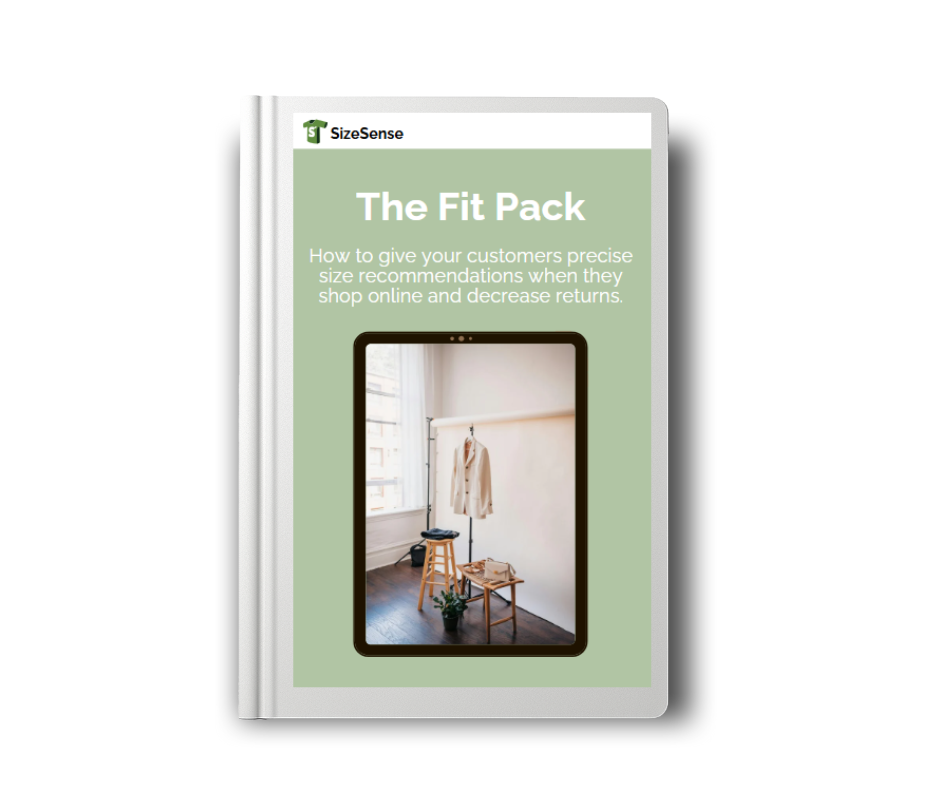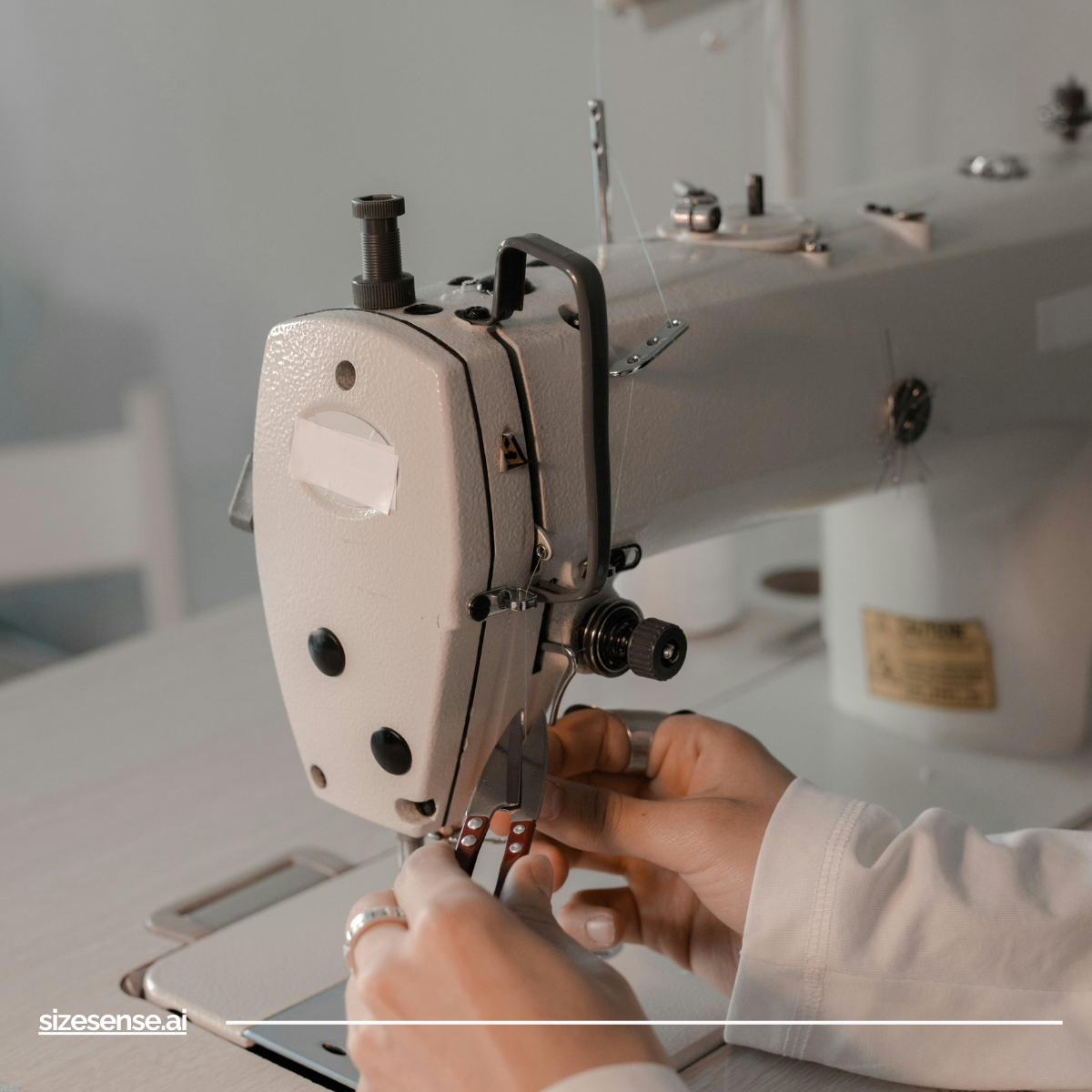The fashion world is buzzing with the promise of circular fashion – recycling programs, resale platforms, repair services, and take-back schemes. These are important steps toward reducing waste, extending product lifecycles, and lowering environmental impact.
But let’s get real.
Circular fashion can’t succeed if the system it’s trying to fix is broken at the source. You can’t recycle clothes no one wanted to wear in the first place. You can’t resell garments that never fit right. You can’t build a future-proof fashion model on poor inputs.
The Problem Isn’t Just Waste. It’s What We’re Making in the First Place.
At its core, circular fashion is about keeping products in use for as long as possible. But if those products start with:
- A bad fit
- Low quality
- Overproduction
…what exactly are we putting back into the loop?
🧵 If a customer sends something back after one try-on, that item’s lifecycle ends before it ever began.
♻️ If clothes are made in the wrong sizes, they’ll sit unsold or be returned in droves.
📉 If brands are guessing instead of using real data, they’re producing waste – just more slowly.
Circular fashion isn’t a magic fix. It’s a strategy that only works if the inputs are right.
Why Fit Is the Missing Link in the Circular Conversation
While sustainability campaigns often highlight biodegradable fabrics or circular fashion pilot programs, there’s almost no conversation about fit. That’s a huge oversight.
Fit is the foundation. A well-fitting garment gets worn more, loved longer, and passed on rather than tossed out.
But today, most brands don’t collect any data on real body shapes or measurements. Instead, they rely on outdated size charts and generic grading rules that assume everyone has the same proportions.
The result?
- Ill-fitting clothes
- High return rates (52% of returns are due to poor fit)
- Overproduction of the wrong sizes
- Massive environmental and financial waste
So while circular fashion initiatives may sound innovative, they’re often just treating symptoms – repackaging a broken system with a green label.
Data-Driven Fit: The Missing Ingredient in Sustainable Fashion
If brands truly want to embrace circular fashion, they need to start by fixing what’s broken: sizing and production rooted in guesswork.
At SizeSense.ai, we believe sustainability begins at the first stitch – not the recycling bin. That’s why we’re building tools that help brands collect real measurement data, understand body shapes, and recommend the right size from day one.
But the impact goes beyond just guiding the shopper.
The data SizeSense collects helps brands:
📏 Design accurate sizing ranges
🧵 Grade extended sizes with precision
📦 Forecast demand by size with more accuracy
📉 Reduce returns and avoid overproduction
And when fewer items are returned, less product ends up in warehouses, markdown bins, or worse – landfills.
The Future of Circular Fashion Starts with Smarter Inputs
Circular fashion isn’t just about where products go at the end of their life. It’s about how they begin.
When we start with better fit, higher quality, and smarter sizing, the entire lifecycle improves:
- Clothes are worn longer
- Fewer returns = lower emissions
- Brands make what people actually want
- Circular initiatives become more effective and less performative
The future of circular fashion is data-driven. It’s fit-focused. And it starts with asking better questions – not just about what we make, but how and why we make it.
Want to make circular fashion more than a marketing buzzword?
Start with the data. Start with fit.
Start with SizeSense.ai.
Let’s build fashion that fits better, wastes less, and truly deserves a second life.
Get a FREE copy of our eBook
Boost Sales and Customer Loyalty and Decrease Returns For Your Fashion Brand!

Get a free copy of our eBook. Discover how to why size Isn’t just a number, how to reduce returns and what you need to make your brand ready to use SizeSense.ai

Leave a Reply
You must be logged in to post a comment.